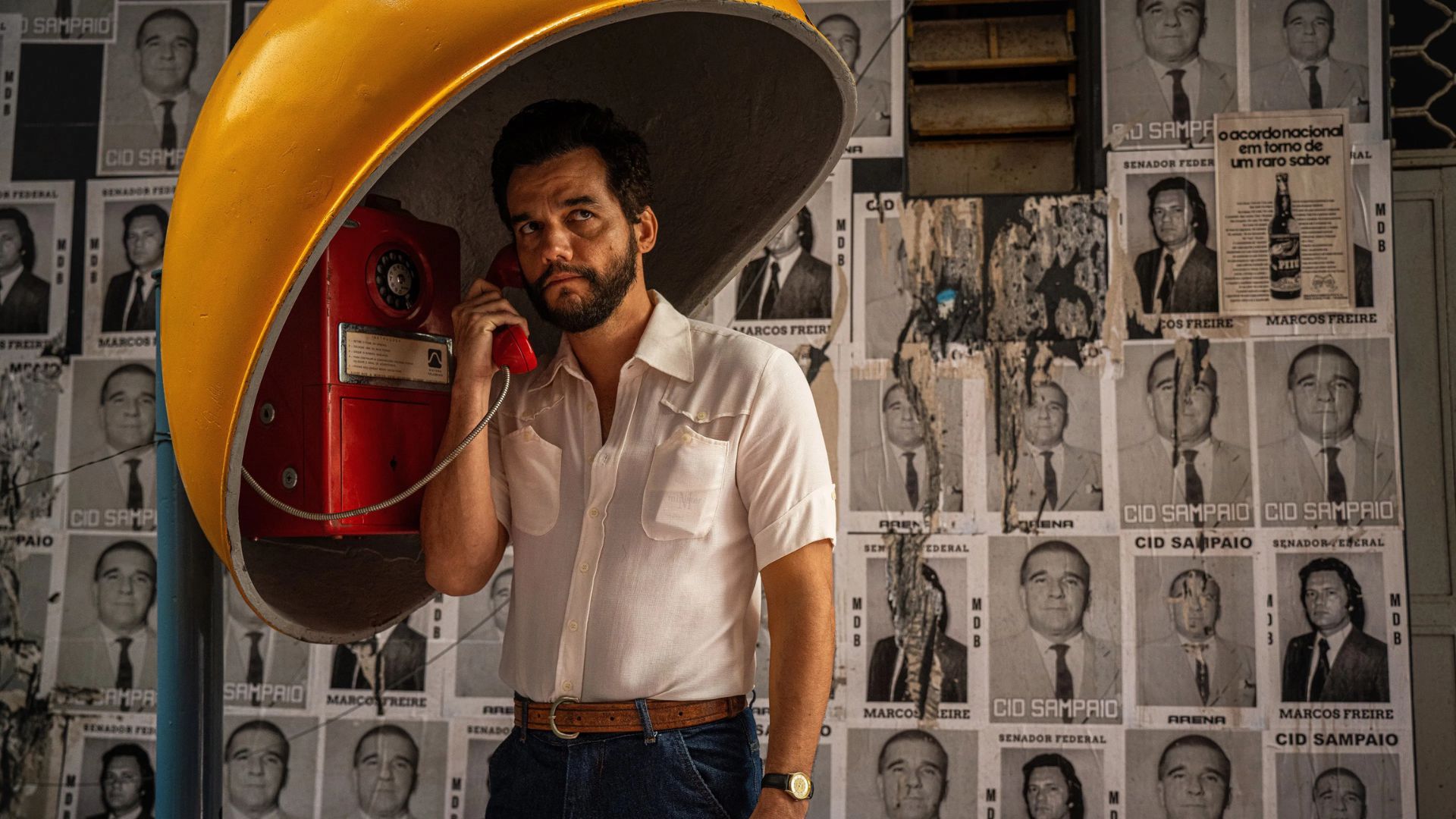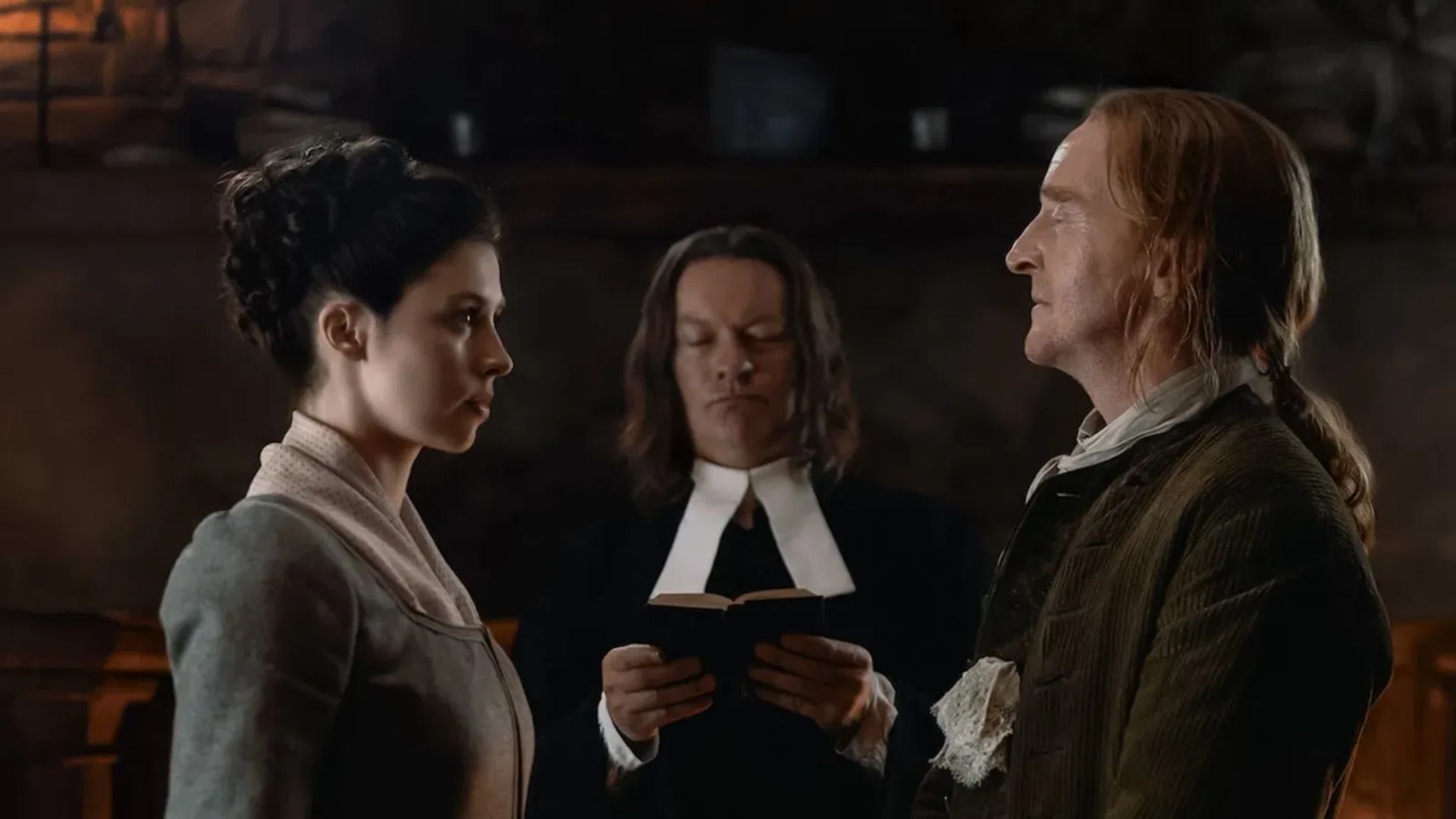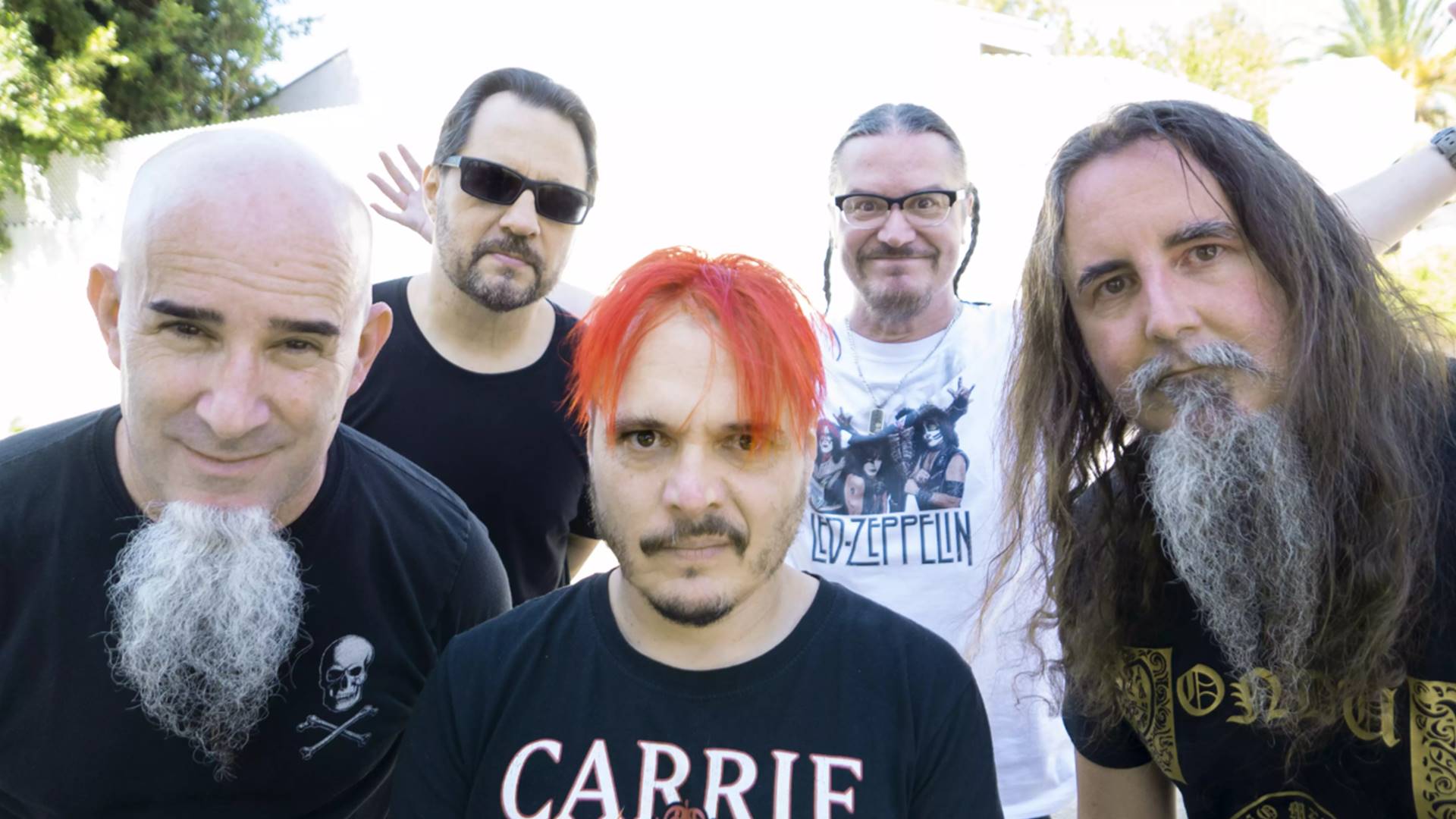Between carnival, conspiracies and dictatorship, Kleber Mendonça Filho transforms Recife into a suspenseful stage and memory with Wagner Moura as the main star
Already in the first scene of The secret agentwe are presented to Marcelo (Wagner Moura, Praia do Futuro), a mysterious man who arrives in Recife of 1977 directing his volks (as he was called the yellow)-yellow-yellow-eater-of-gall-gall, so alive that it is the photograph of Evgenia Alexandrova – In the middle of military dictatorship. Later, he finds out to be sworn with death – and this in the middle of Carnival. But why?
The title of this criticism with Goat (1984), from Eduardo Coutinhono wonder. Both The secret agentnew feature of Kleber Mendonça Filho (Ghost portraits), how much the movie Coutinho They have dictatorship as a gear and highlight the power of cinema as a form of resistance, identity construction and historical record. While Goat became a documentary about the interruption of his own production by military repression, The secret agent It supports itself in records, urban legends, film and cultural references of the time to evoke Brazil from the 1970s, showing how memory and cinema become essential allies to understand and survive times of oppression.
For those who follow the cinema of Kleber Mendonça Filhoit is no exaggeration to say that The secret agent It arrives like your most ambitious movie so far. Laureado at the 2025 Cannes Festival, where he won the best direction and best actor awards for Wagner Mourain addition to the Fipresci Award for International Criticism and the Prix des Cinémas d’Art etei, granted by the French Association of Art and Essay Cinemas, The secret agent It is a beautiful declaration of love of the director to Recife, his hometown, from a recreation of detail that mixes memory, urban legends and popular culture. The city, more than scenario, becomes protagonist: its streets, sounds, carnival blocks, cinemas and historical buildings make up a vivid portrait of the city in 1977, reflecting both the vitality of its population and the political tensions of the period.
From its early horror shorts to its latest work, Kleber Mendonça Filho It shows interest in exploring both fear and intimacy of urban spaces. In the short Green vinyl (2001), for example, it transforms a common house into suspense territory, showing how the domestic environment can be crossed by fear. In Bacurau (2019), tension occurs in the small threatened town, where isolation and constant vigilance create a sense of imminent danger. In Aquarius (2016), fear arises from the possibility of losing its own space: Clara’s apartment (Sônia Braga) becomes the stage of resistance and memory preservation. Already in The sound around (2012), the suspense is born from the thorough observation of routines, the sound of doors, steps, barking and alarms, showing how the intimacy of a neighborhood can be crossed by constant tension. That way, The secret agent It acts as a movie buckle to the fan of his filmography, connecting his trajectory to the current work.
In the plot, Marcelo de Wagner Moura rears in Recife in the midst of a tense and unstable country. We soon realized that he is involved in a network of conspiracy, spying and invisible interests, where no one is totally reliable. The city unfolds around it as a living maze: streets, carnival blocks, cinemas and cafes become scenarios of dating, dangers and small revelations. Who is this invisible enemy behind Marcelo? What did he do to be chased? Who are the people in the place where he stay? Let’s accumulate questions to the compass that the narrative will clarify us all little by little, without any hurry. This suspense is subtly built, remembering the approach to The sound around (2012), but with a more defined historical context. Tension is not born of direct confrontations, but from the feeling that something is about to happen: every look, every noise, every everyday gesture carries threat potential. The narrative, organized in chapters, invites us to investigate and understand where things are walking, as if each scene were a piece of a puzzle that gradually reveals the mystery around Marcelo and the other characters.
The heart of The secret agent It pulsates into the relationship between city, history and memory. Recife is not just a scenario: it is territory of parties, violence and overlapping memories. The film highlights the sweaty bodies of carnival (and also the bodies of the victims of this same violent carnival), as well as the intimacy of those who have sex in the cinema or in squares (beware of the legend of the hairy leg!), Celebrating life while death is always present. The news in the newspapers – the balance of dead, the crimes, the sharks – coexist with this pulsating energy, remembering that joy and violence, joy and tragedy, walk side by side in the country. This is evident at some point when refugees – people who, like Marcelo, try to escape persecution and keep their identities confidential – say they are threatened with death. Here’s that the character Dona Sebastiana, played by Tânia Maria (Your Cavalcanti) – that always steals the scene when it appears, – suggests: “I will change this mood, I will put a song”, Providing a comic relief without diluting the severity of the situation. This alternation between suspense and comedy is a mark of Kleberwhich can balance danger and relaxation with spontaneity.
At the same time, irony becomes a central element. Marcelo is not the classic hero of a police suspense, but someone cornered by a system corrupted in all his institutions, from the largest to the smallest – the power that watches, controls and threat is always present, while he tries to survive between the party, paranoia and the attempt of readaptation. For a man, he is “a loose”; For himself, he is “more communist than capitalist”; For us spectators, he is just an ordinary man, the father of a boy, trying to leave the country freely without understanding why he is being persecuted. The title, The secret agentIt reinforces this game: it is not indeed a spy, and the movie plays with this expectation by subverting clichés from an American espionage thriller. Marcelo will not become a Marighella from the streets (hero of the resistance that became a film that his own Wagner Moura directed), nor will he adopt the firmness and courage of Eunice Paiva of FERNANDA TORRES in I’m still here doing justice with his own intelligence in order to expose the cruelty of an oppressive state; He will just try to survive.

Speaking of I’m still herethe comparison between both is inevitable, especially because The secret agent was elected by the Brazilian Academy of Cinema to represent Brazil in the category of best international film in the Oscar in 2026, a year after the consecrating victory of the film Walter Salles (Foreign land) In the same category. The two productions start from a common point: the recreation of time during the military dictatorship and the dive into the historical memory of the country – but they reach different places. I’m still here It is more direct and emotional, designed to play broad audiences and generate immediate empathy. While The secret agent It is more winding and ironic, exploring the scenario of dictatorship by another bias, breaking expectations of gender, rhythm and development, full of social tensions, urban details and specific cultural expressions, with the unmistakable signature of its filmmaker. If the first conquers for heart and emotion, the second seduces by the look: and perhaps there resides his greatest strength.
This attention to the details and the complexity of the past is reflected in the entire narrative of The secret agentwhich reinforces the importance of research, study and memory as fundamental tools for understanding the present. Each chapter, every scene, every small element – from investigations to historical records, from urban legends to newspaper clippings – it acts as a reminder that knowledge builds resilience, understanding and often survival. Kleber Mendonça Filho It transforms these layers of history into a subtle but striking defense of investment in education, the preservation of memory and the role of the university as a space for critical reflection and production of knowledge.
In its unusual final sequence, with echoes of Ghost portraits (2018), the director ties temporal lines, giving meaning to details that once seemed loose and showing how memory, research and knowledge cross generations. It is precisely this ability to unite sensitivity and historical attention that makes The secret agent So powerful: a portrait of Brazil we were, that we are and we need to understand, remembering that only by understanding the past, care with memory and investment in study and reflection can we resist, imagine and transform. Kleber Mendonça Filho It is not limited to filming a time or a city; He challenges us to face our own story, ensuring that it is not lost and thus continue to inspire actions, questions and possibilities for a future in which the next carnivals are marked not by the counting of bodies, but by counting kisses given in the mouth.
Also read: ‘The Secret Agent’, by Kleber Mendonça Filho, has ‘Easter Egg’ of ‘Ghost Portraits’; understand
![]()
-
criticism
-
Cannes Festival
-
Kleber Mendonça Filho
-
The secret agent
-
Oscar
-
Tania-Maria
-
Wagner Moura
Source: Rollingstone
Emma Jack is a writer at Gossipify, covering fashion, beauty, lifestyle, and pop culture trends. She stays current on the latest trends and offers readers up-to-date information on what’s hot in the industry. With a background in fashion journalism from Parsons School of Design, she offers a unique perspective and analysis of current trends.









